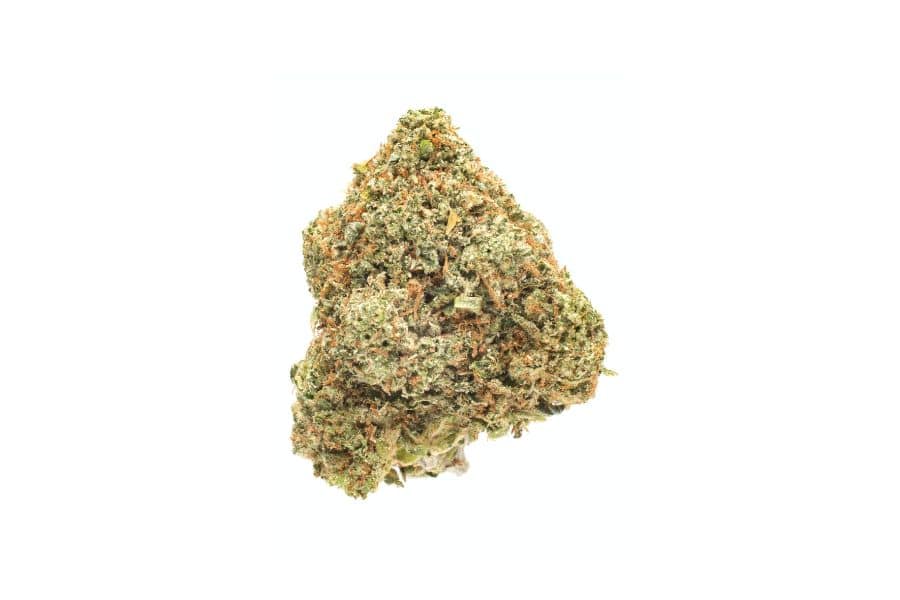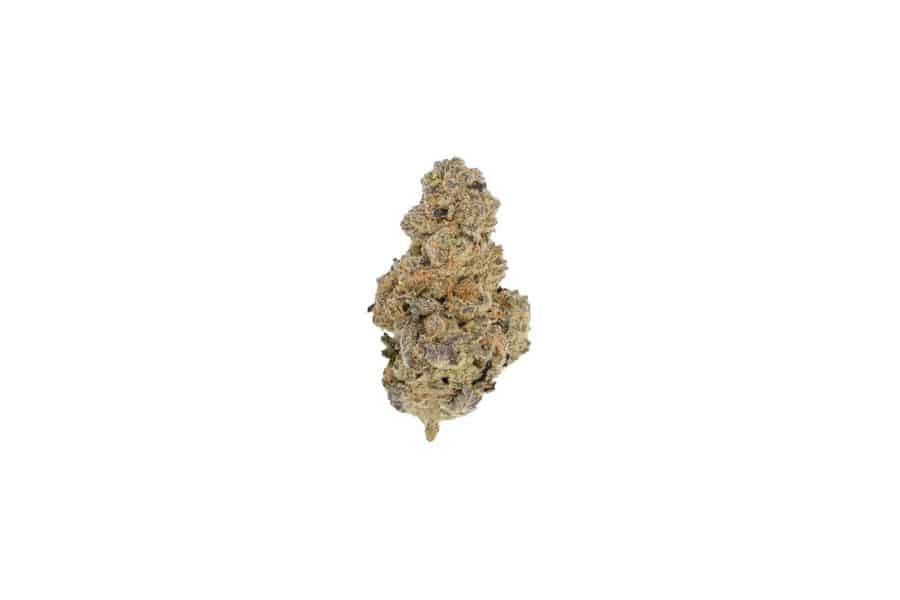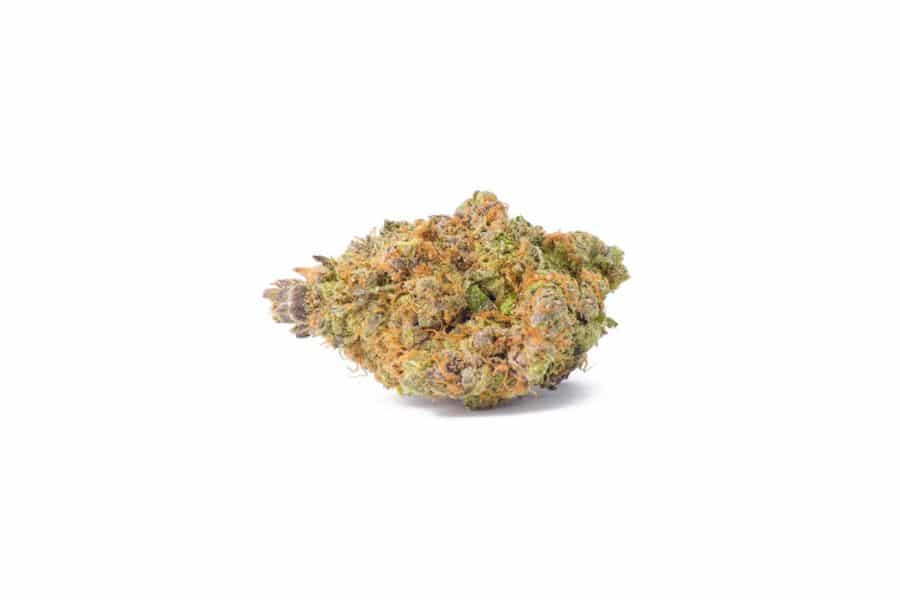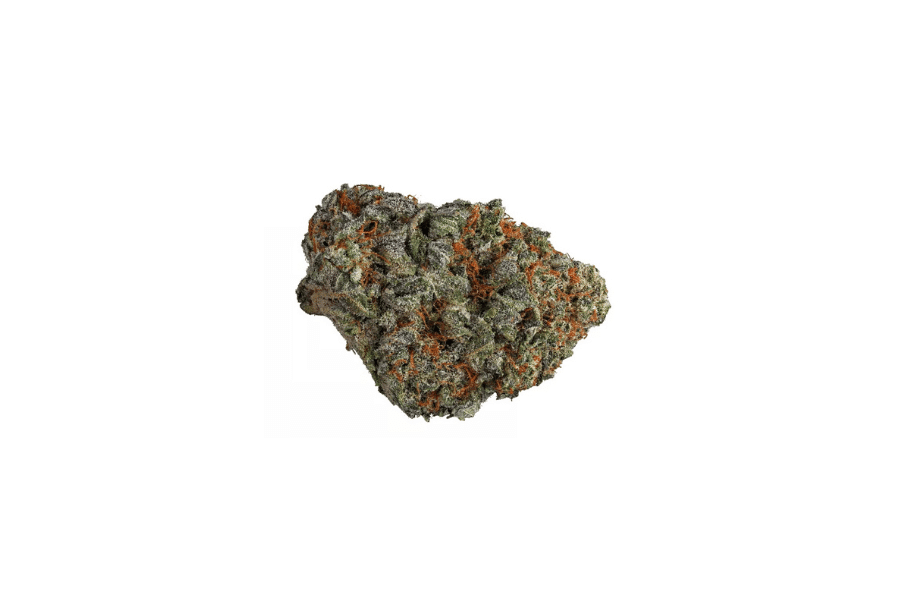Cherry Pie
The information presented on this page is intended solely for descriptive purposes and should not be considered a review or medical advice. The actual effects of the cannabis strain may vary. It is important to use marijuana responsibly. We recommend that you consult a healthcare professional before adding cannabis to your health regimen.
Quick info
CBD
1%
THC
20%
Effects & Usage
Benefits
Crowned with the name of a staple American dessert, Cherry Pie is a delectable treat for all cannabis enthusiasts. This indica-dominant hybrid is a result of a crossing of two distinct strains, Durban Poison and GDP, resulting in a very creative, happy and delicious high. With THC levels between 13 and 23%, you will enjoy the blissful, stimulating effects without feeling overwhelmed.
Onset
Despite being heavily indica-dominant, Cherry Pie feels more like a sativa. The journey starts with a cerebral boost, ushering in a surge of energy that permeates your being. Deep happiness and heightened mental stimulation follow as your mind becomes a hub of racing thoughts and new ideas.
This strain also delivers a gentle relaxation that carries you into a tranquil and blissful mental state. It also makes you very sociable and chatty, so Cherry Pie will taste best when shared with close friends. These conversations will likely steer towards profound philosophical questions, opening doors to insights about the meaning of life or potential remedies for societal issues.
Users love this strain for instilling a deep sense of happiness and peace without being too overwhelming. You will likely stay fully functional while on Cherry Pie, and the creative, energetic boost may help you tackle all your day’s challenges.
Uses
As it offers a soothing respite from tension and worry, Cherry Pie is an excellent remedy for the mind. Therefore, it can be successfully utilised to temporarily relieve symptoms of stress, as well as anxiety and depression.
Despite the moderate THC content, Cherry Pie is also effective in treating the pain associated with headaches, migraines, and menstrual and muscle cramps.
Side effects
The side effects of Cherry Pie are generally mild, characterised by dry mouth and dry eyes, and occasionally mild dizziness. It’s important to remember that strains high in THC can potentially induce anxiety and paranoia, especially for individuals with mental health conditions or those more sensitive to THC. Therefore, begin with a low dose and gradually adjust it to minimise potential adverse effects.
Refrain from using Cherry Pie late in the evening, as it may keep you up for hours.
Taste & Smell
Cherry Pie presents as a bouquet of tiny, mossy green tightly packed buds, with some phenotypes also displaying hues of purple inherited from Granddaddy Purple. A thick coating of resinous trichomes covers the entire flower, making it particularly sticky.
The strain’s name captures its fragrance perfectly and will bring freshly baked cherry cake to mind, finished with a strong skunky, dank earthy myrcene undertone and some fresh pinene notes. The flavour remains truthful to the aroma, feeling skunky on the inhale, then developing into a sensation of sweet cherries that have been sprinkled with spice.
If you enjoy Cherry Pie, delve into our expansive strain library, where you will find plenty of fruity goodness, such as Blueberry or Strawnana.
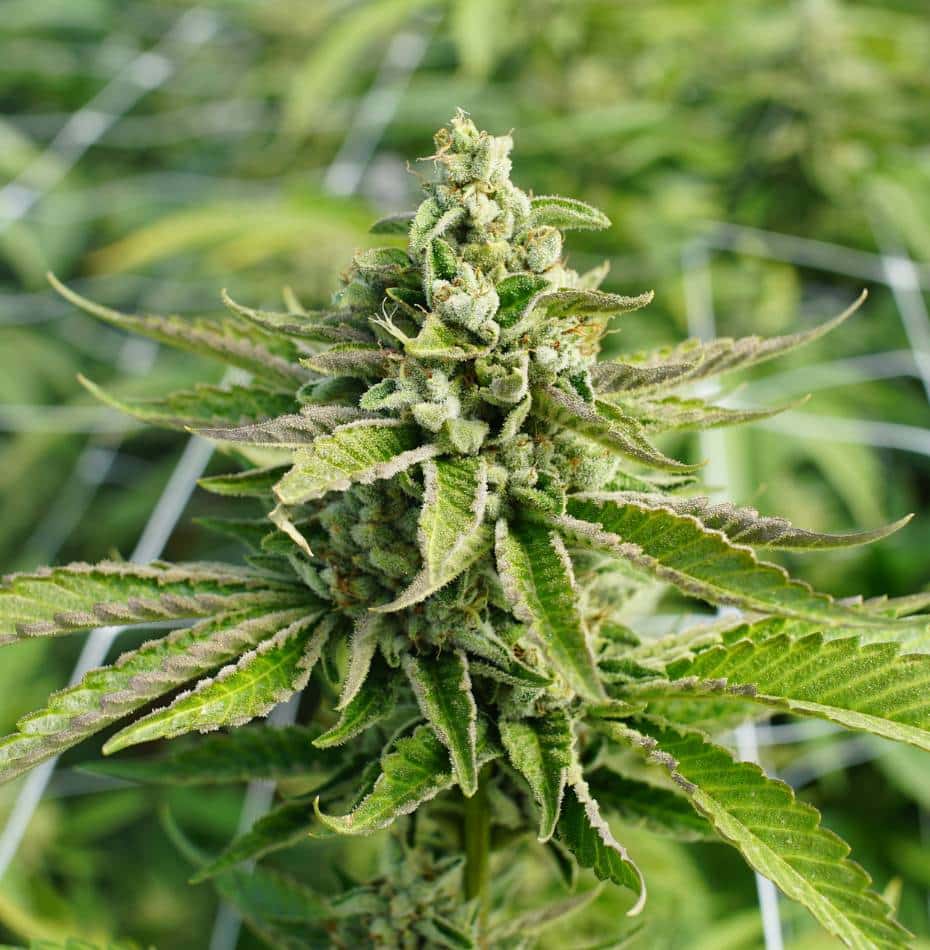
Origins
The Cherry Pie strain was created from the harmonious fusion of Granddaddy Purple and Durban Poison. Conceived in the vibrant cannabis landscape of California, it has quickly carved out a niche for itself in the global cannabis scene. Its delicious flavour profile and invigorating effects have gained plenty of popularity, as proven by the 3rd place award at the High Times Cannabis Cup in 2014.
Growing conditions
Cherry Pie should not be difficult to cultivate if you keep a few guidelines in mind. The plant prefers an indoor environment, but it grows relatively short and bushy, fitting even in limited spaces. It will benefit from some maintenance with regular pruning and nutrient supplementation. However, you will not have to worry about mould or pests – the strain is highly resistant to common plant diseases. Expect a short flowering time of 8-9 weeks, with yields of around 450 grams per square metre indoors and 400 grams per plant outdoors.

